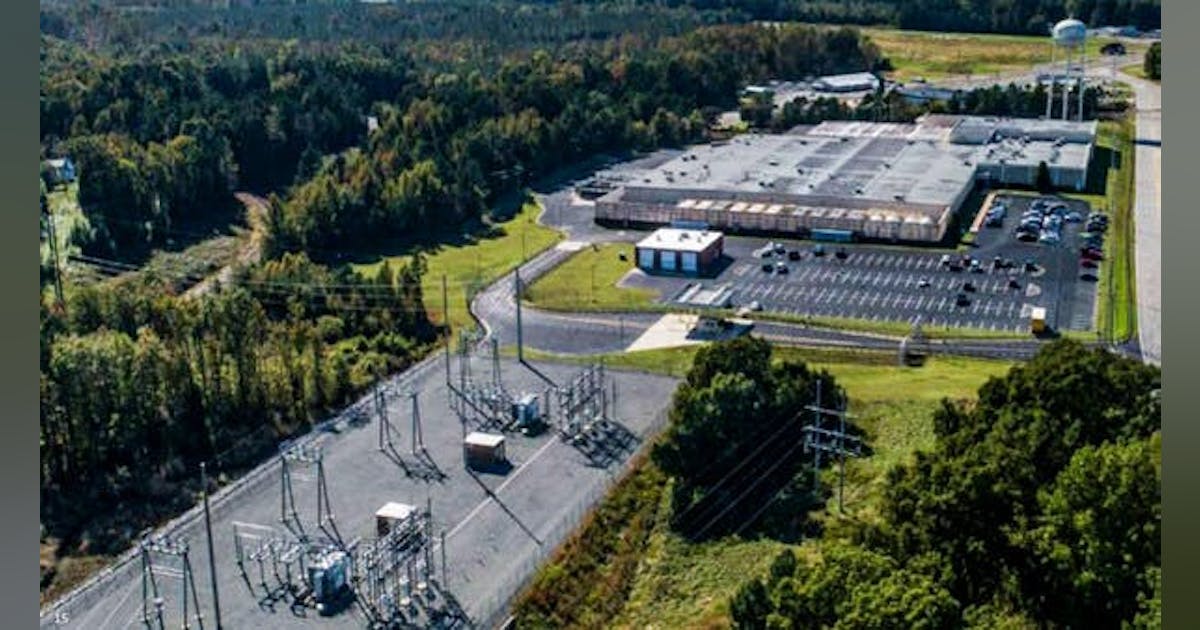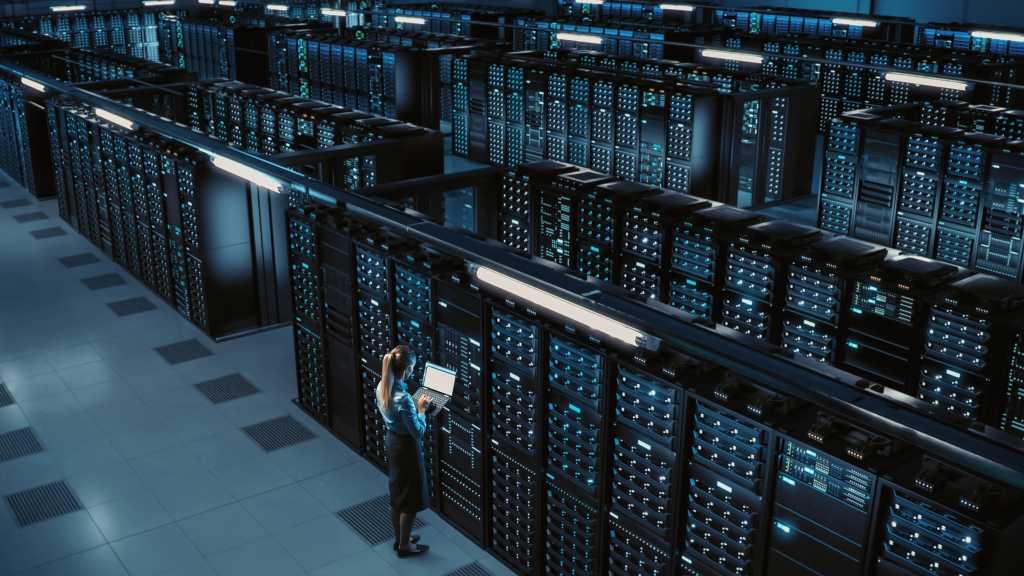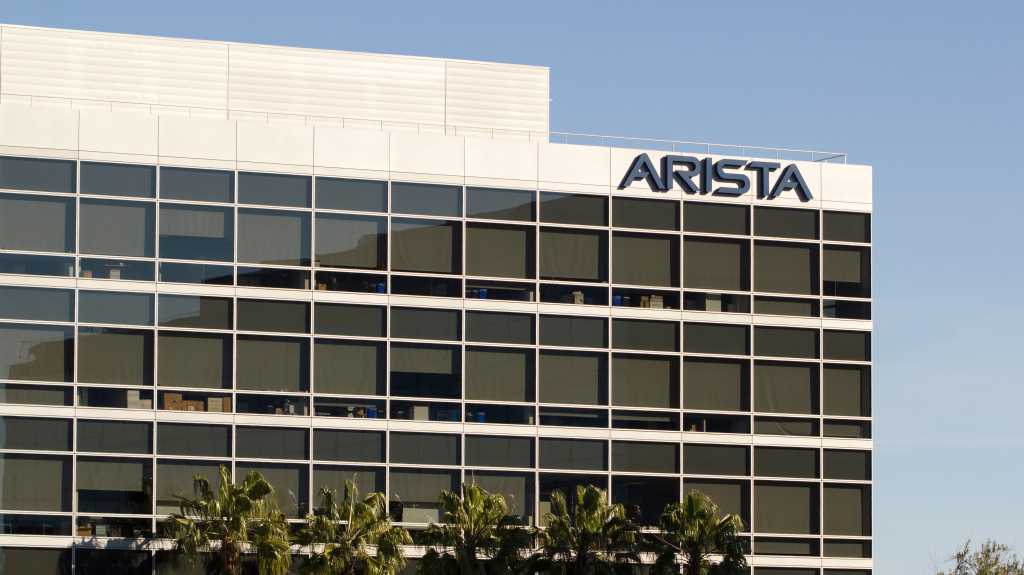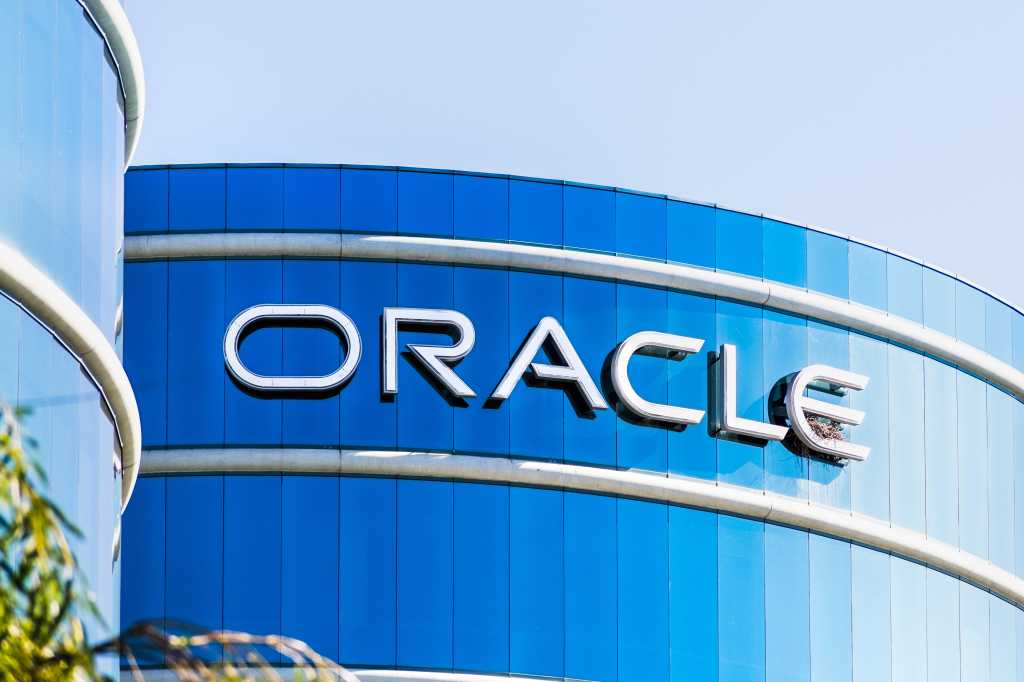
Where Economic Growth Meets Sustainability
The data center industry’s contributions to local economies are undeniable. From job creation to substantial tax revenues, these facilities have reshaped Virginia’s economic landscape. Loudoun County alone hosts 199 operational data centers, with another 148 applications under review.
The economic growth in ongoing data center development has spread out across the state even as it’s remained close to Data Center Alley. The ongoing growth underscores the demand for the infrastructure to support the digital economy, while highlighting ways forward and also challenges in sustainability and community compatibility. A pair of recent examples in the news exemplify this trend.
TECfusions Grows In Clarksville
In Clarksville, Virginia in far southern Mecklenburg County, TECfusions is spearheading innovative AI data center development. Backed by a $300 million loan agreement to be used for the development and expansion of its site there, the company’s flagship facility aims to meet the increasing demands of AI workloads.
Not simply growth to meet projected demand, the TECfusion expansion is a result of an urgent capacity requirement from one of their key tenants.
According to a November press release by TECfusions:
In response to urgent capacity needs from a key tenant, gradual funding began in January 2024 and has now been solidified in a formal loan agreement, which includes the cumulative monies invested earlier. To date, $160 million has been allocated towards construction, with the remaining funds earmarked for completing Phase I of the Clarksville facility.
According to the company’s development timline, the site’s phased build-out is projected to reach 37.5 megawatts (MW) of capacity upon completion of the Clarksville data center’s Hall D.
With the funding spanning a 15-year term, Mike Picchi, CFO of TECfusions, commented on its alignment with the company’s long term goals and meeting the needs of tenants:
“This agreement fully funds our Clarksville Phase I buildout and aligns perfectly with our long-term growth strategy, demonstrating the economic vitality of our approach and opening the doors for future expansion projects. With tenants that require immediate, scalable data center capacity, this funding enables us to meet that demand efficiently to ensure rapid deployment of capacity for today’s digital world.”
The company said that funds will be strategically allocated across several key initiatives, including AI-ready infrastructure deployment, on-site sustainable power generation solutions, and site infrastructure development. The investment is also expected to have a significant positive impact on the local community, creating numerous jobs in construction and operations while substantially expanding the region’s digital infrastructure and tax base.
Significantly, in being designed to house one of the world’s largest GPU clusters, TECfusions emphasizes that its adaptive reuse model exemplifies a sustainable approach, converting existing facilities into state-of-the-art data centers. This strategy not only accelerates deployment timelines but also minimizes environmental impact.
Iron Mountain Adds 350 MW of Data Center Capacity Across VA
Similarly, Iron Mountain’s recent expansion in Richmond and Manassas, with the company acquiring two new data center sites, highlights the Virginia data center industry’s rapid and ongoing scaling.
Iron Mountain is adding over 350 MW of planned capacity across the two new sites, which bring more than 100 acres to the company’s data center development portfolio.
The 66-acre site in Richmond is planned to become a 200 MW data center campus. With over 200 MW of expected capacity, Iron Mountain says its new Richmond campus “will be perfectly suited for highly regulated customers, thanks to its rigorous compliance program,” which will encompass: HIPAA, FISMA High, PCI-DSS, ISO 27001, ISO 50001, SOC2/3, among other codes.
The new Iron Mountain Richmond campus will be situated at the White Oak Technology Park in Henrico County, a unique business park with more than 2,200 acres for technology and data center campuses. Richmond has a robust power and network infrastructure, positioned along the I64 and I95 corridors, connecting to Northern Virginia and the subsea fiber cable landings in Virginia Beach.
For its part, the 40 acre site in Manassas will allow expansion of the existing 142-acre Iron Mountain campus there, which offers over 2 million square feet of energy-efficient space, with two new buildings, and potentially an additional 150 MW of capacity.
This acquisition includes the planned development of an electricity substation to ensure continued uninterrupted power supply across the Manassas campus.
Leveraging investment by energy providers to modernize transmission and distribution infrastructure, and a close partnership with local economic development authorities, Iron Mountain says its commitment to Virginia offers its customers secure, sustainable data centers that meet strict government regulations, all while benefiting from smart property tax savings.
The new developments promise significant economic benefits, including job creation and enhanced tax bases, while adhering to stringent sustainability standards, such as 100% renewable energy usage.
Mark Kidd, Executive Vice President and General Manager, Asset Lifecycle Management and Data Centers, Iron Mountain, said:
“The Commonwealth of Virginia has abundant infrastructure, a highly skilled workforce, strong fiber connectivity, and is a pro-business community – making it an ideal location to support our commitment to investing in high-growth markets that help drive our expansion strategy. As a leading data center provider, we’re excited to offer further critical capacity to our retail and hyperscale customers where and when they need it most.”
Points of Contention
While data centers bring economic advantages, their environmental and spatial footprints cannot be ignored, and have been continual points of contention with local government. These facilities consume vast amounts of electricity and require substantial land, often sparking debates over resource allocation.
In Loudoun County, for instance, Commission Chair Michelle Frank highlighted concerns about losing thriving businesses to data center developments, noting that skyrocketing land costs driven by data center demand could squeeze out other industries.
Proponents of data centers, however, argue that technological advancements and strategic planning can mitigate these issues.
Companies like TECfusions and Iron Mountain are pioneering energy-efficient designs and sustainable power generation solutions. These measures not only reduce carbon footprints but also align with broader environmental goals, ensuring that data centers remain viable in the long term.
The Path Forward: Zoning and Strategic Development
The future of data center development in Virginia hinges on thoughtful planning and regulatory clarity. As highlighted by Rizer and other stakeholders, identifying zones suitable for data centers is a critical step.
This approach would provide business owners with stability while safeguarding community interests. It would also prevent data centers from encroaching on residential areas or displacing other industries, as seen in recent debates over developments near Goose Creek and the Arcola area.
Moreover, collaboration between government bodies and industry leaders is essential. A letter sent to the commission on November 26th from County Chair Phyllis Randall and Transportation and Land Use Committee Chair Michael Turner underscores the urgency of reaching a consensus on zoning amendments.
Their proposed joint meetings between the Board of Supervisors and the Planning Commission aim to expedite decision-making, ensuring that regulatory changes reflect the county’s broader goals.
Innovative Models for Growth
Beyond zoning and regulation, the data center industry’s growth in Virginia offers an opportunity to embrace innovative development models. Adaptive reuse, as demonstrated by TECfusions, can serve as a blueprint for future projects. By repurposing existing structures, this approach not only accelerates deployment but also reduces the environmental impact of new construction.
Additionally, leveraging renewable energy and sustainable practices can address concerns about electricity consumption. Iron Mountain’s commitment to renewable energy and efficient cooling techniques exemplifies how data centers can align with environmental objectives. These innovations not only benefit the planet but also enhance the industry’s reputation, fostering goodwill among local communities and policymakers.
The evolution of data centers in Virginia reflects broader trends shaping the digital economy. As local governments navigate the challenges of zoning, regulation, and community impact, the need for collaboration and forward-thinking strategies becomes increasingly evident.
By balancing economic growth with sustainability and community well-being, Virginia can continue to lead in data center development, setting an example for regions worldwide.
JLARC Report
The Joint Legislative Audit & Review Commission of the Virginia legislature recently released a report on the impact of data centers on the state. This detailed review of data center impact (over 150 pages) covers everything from land use issues, to sustainability, water, and power impact.
The legislative report concludes that development of data centers in Virginia could triple the state’s energy demands if unconstrained. As succinctly reported by Virginia Mercury‘s Charlie Paullin:
“The report is in line with a recent regulatory filing from Dominion Energy stating annual increases in electric power demand would be relatively flat, if it weren’t for data centers […] Modelling from E3, a third-party consultant, showed that energy demand for the state would increase from just over 10,000 gigawatt hours in 2023 to just over 30,000 gigawatt hours by 2040, if data center development didn’t have to deal with constraints, including needing energy requirements like transmission lines to be available prior to coming online.
Without data center development, the demand increased to about 12,500 gigawatt hours […] To meet those demands, more renewable energy facilities like solar and offshore will be needed, but so will natural gas, JLARC’s report stated, which would amount to a new plant being built every one and a half years, approximately […] ither meeting the full unconstrained demand, or half of it, relies on offshore wind and nuclear technology, which JLARC stated could come from the “unproven” small modular reactor technology.”
While we will be further covering the content of the JLARC report in an upcoming story, the nutshell is this: the report found that data centers provide a positive impact to Virginia’s economy, though it is mostly during the initial construction. And in the end, the success of this endeavor will depend on the ability of stakeholders to find common ground.
Whether through zoning reforms, innovative development models, or enhanced sustainability measures, the future of data centers lies in their capacity to adapt to changing demands while remaining rooted in the communities they serve.
Softening NIMBY in VA
And while NIMBY issues often dominate local politics, the development of data centers, with their global footprint, is slowly changing the perspective some Virginia communities have on their development.




















